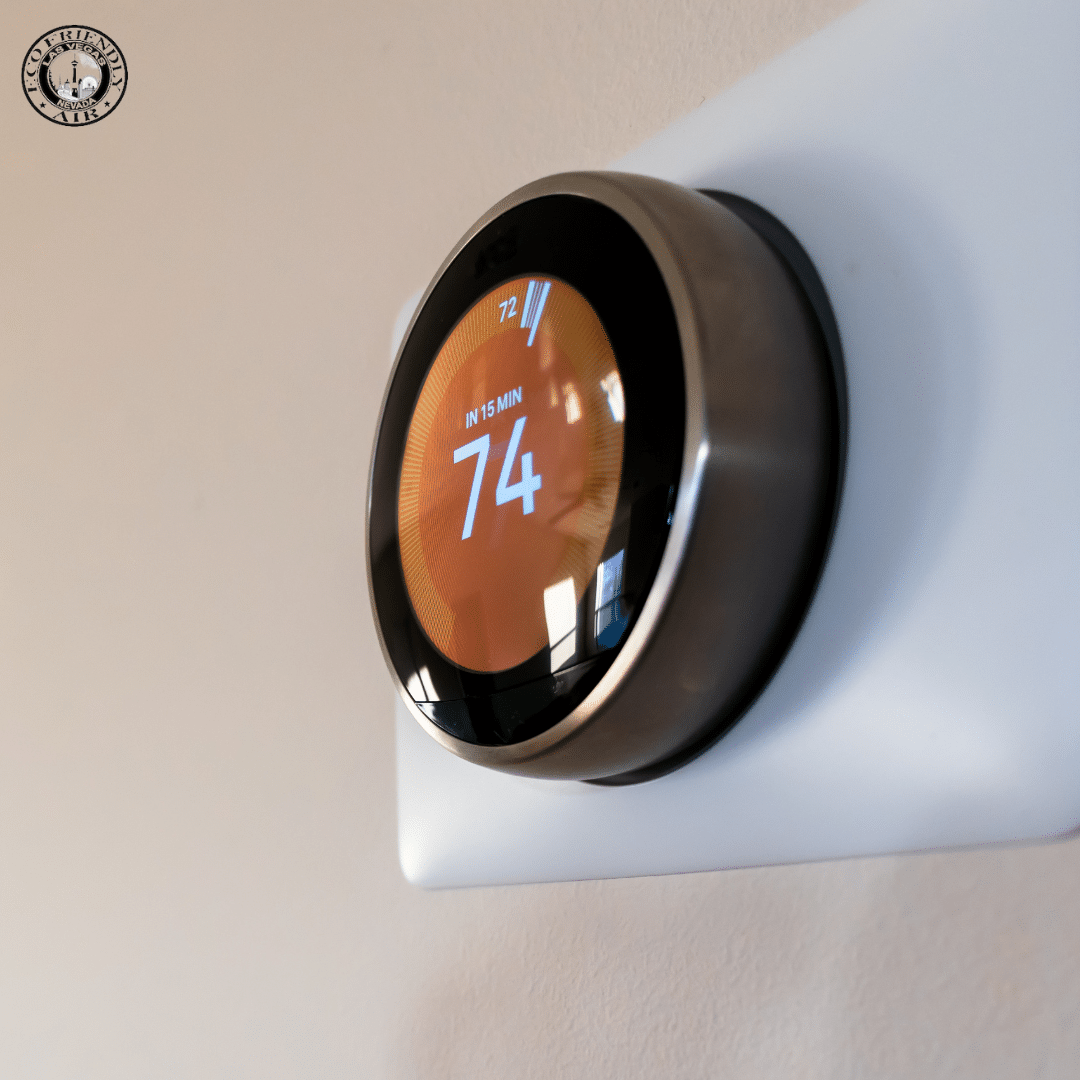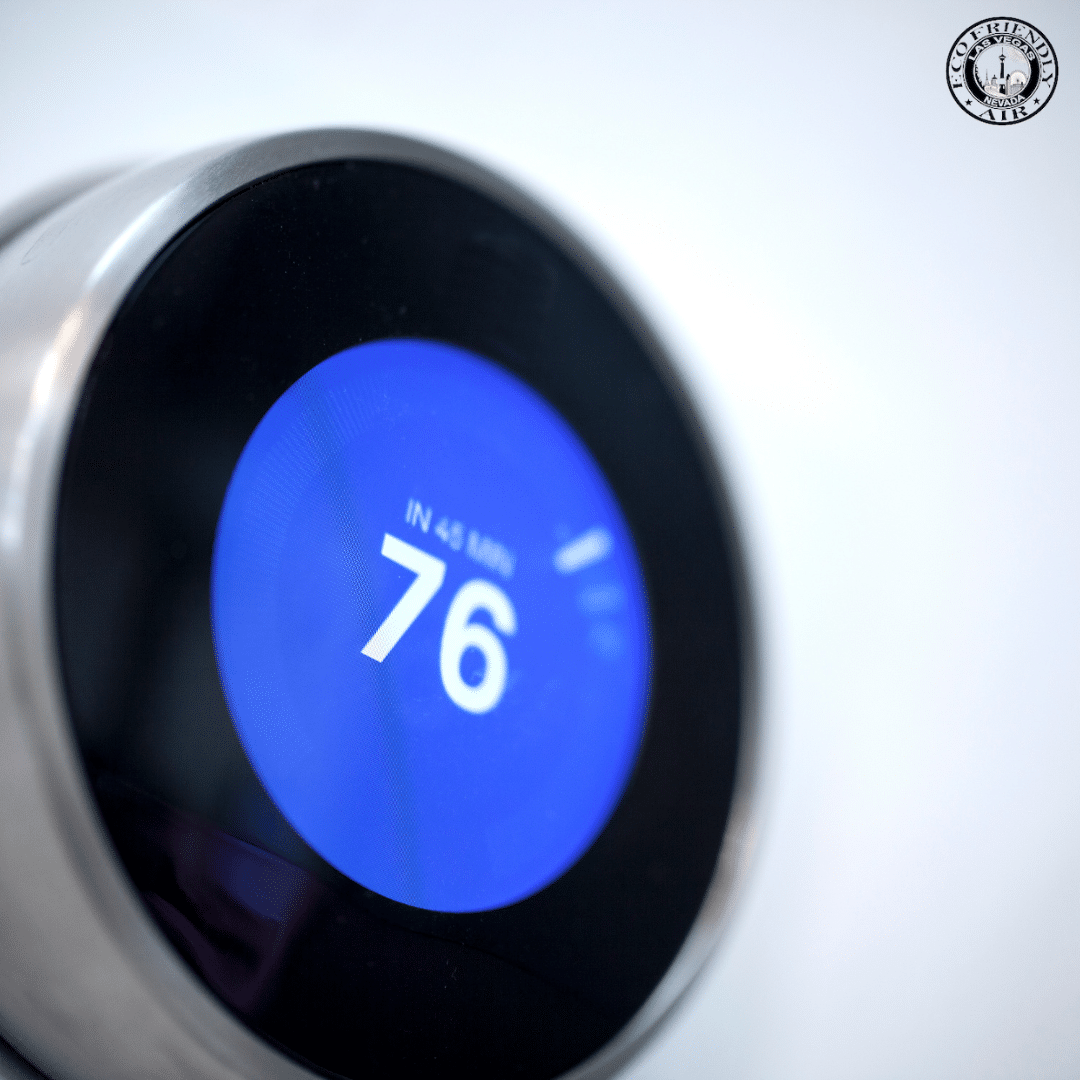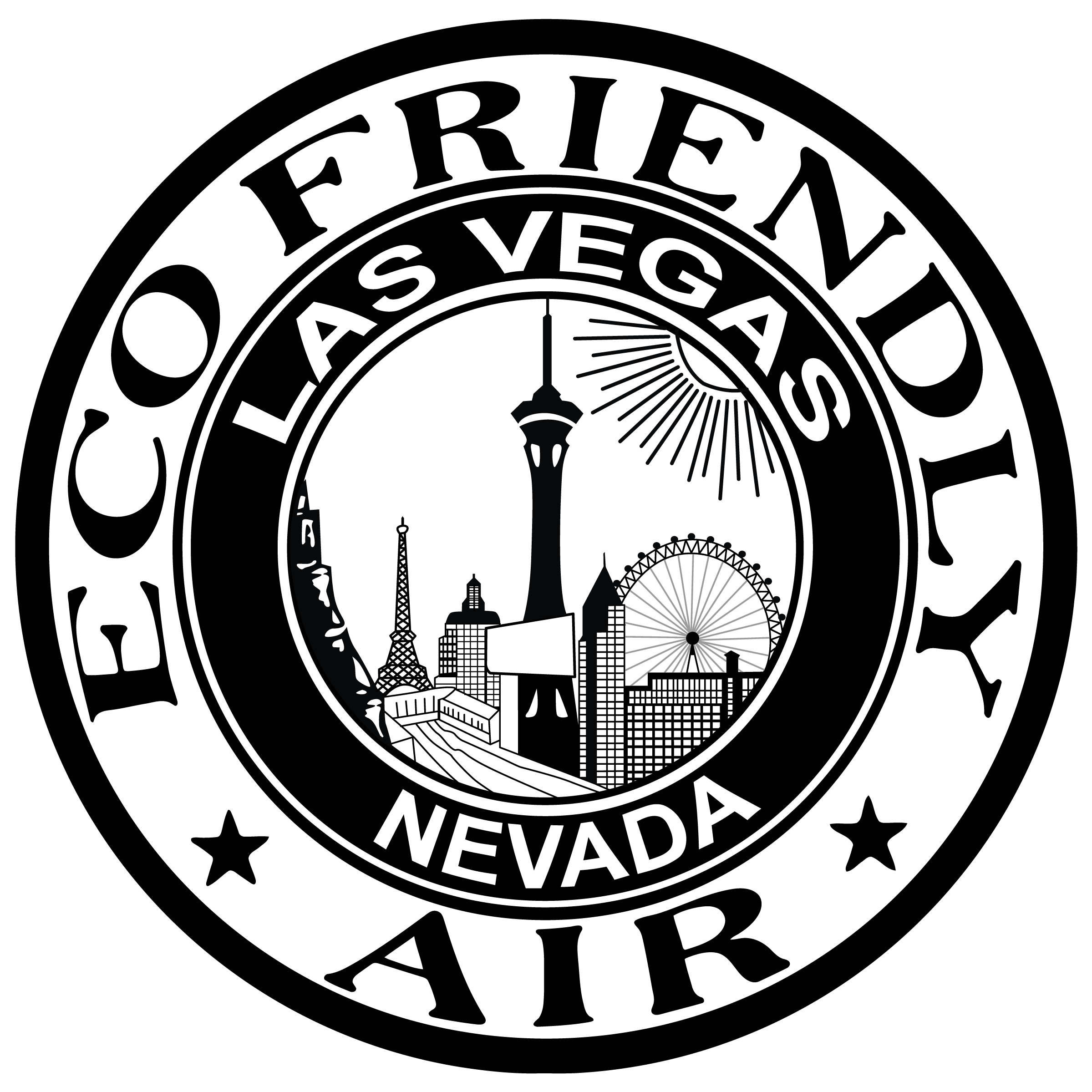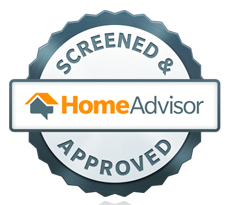Nest-Learning Thermostat
Sleek, Smart, and Effortlessly Efficient with Thermostat
There are so many types of thermostat out there. Especially the good ones such as the Nest-Learning Thermostat, Sensi Touch 2, Google Nest Learning Thermostat, and the C-Wire. Any thermostat will be a valuable addition!
Firstly starting off, the Nest remains a top choice in home heating, thanks to its sleek design and smart features. Even a decade after its debut, it’s still one of the best smart thermostats available!
- Smart home compatibility: Google Assistant, Amazon Alexa, Nest, Insteon, Nexia
- C-wire required: No
- Dimensions: 3.3 in diameter, 1.21 in deep
If you’ve ever used an iPod, the Nest will be familiar to you—in fact, it was designed by Tony Fadell, the designer of the original iPod hardware.
Once connected to Wi-FI, adjusting the temperature is as easy as rotating the dial. Use the app for a straightforward schedule or let the Nest automatically learn and adjust to your habits.
The Nest-Learning Thermostat feature is great for those who don’t want to put in any effort, but might be a bit too confusing for people who like to fine-tune their schedules, so you can turn it off if you wish.
The Nest adjusts your home’s temperature based on your location and built-in sensors to save energy. It’s compatible with many utility rebates, and you can control it with Alexa or Google Assistant. Plus, it reminds you to change your HVAC filter.
This Nest-Learning Thermostat offers room sensors to adjust temperature based on your location. While its sensor functionality is less extensive than competitors like Ecobee and Honeywell, its ease of use compensates for this minor drawback.
Our main issue with the Nest is its higher price, though rebates can help. The setup is easy with the Nest app’s step by step guide, but the thermostat uses a workaround for homes with a C-wire, which might cause issues with some systems.
The thermostat will function normally in most cases, but can cause problems with certain HVAC systems. If your home doesn’t have a C-wire, we recommend having an HVAC professional install one, or using a thermostat like the Ecobee Smart-Thermostat, which uses a slightly more complex (but reliable) conversion kit to power itself.
Sensi Touch 2 (2023)
Sensi isn’t a household name in the smart-thermostat space (even among tech nerds like us), but it occupies a good niche: The Sensi Touch 2 Smart Thermostat is similar to a traditional thermostat in terms of ease of use.
- Smart home compatibility: Amazon Alexa, Google Assistant, Samsung SmartThings
- C-wire required: Yes
- Dimensions: 3.25 X 5.6 X 0.77 inches
The Sensi Touch 2 is the most high-end Sensi model. Installation requires a C-wire, and the app walks users through a simple set-up. The terminal blocks have push connectors, similar to those used by Nest and Ecobee, making connecting wires faster and easier.
The unit uses an intuitive touchscreen control. The styling isn’t as sleek and compact as some other smart thermostat options, but the larger screen may make the controls more accessible for some users. The menu system is easy to navigate when adjusting temperature settings.
On average, the unit sensor was a little over a degree off compared to our NIST-calibrated thermometer. This isn’t a big deal, as not many users would notice that level of discrepancy.
The Sensi Touch 2 can be integrated with extra room sensors, available for purchase separately. These sensors monitor temperature and humidity at an independent location away from the base unit. They can be wall-mounted using the screw and drywall plug provided, or used freestanding with the included plastic stand.
Remote sensing gives a better sense of average conditions, especially in a larger home. You can connect up to 15 extra sensors to the base unit. With temperature averaging across the sensors, the system accuracy improved to within 1 degree of the measured temperature.
The thermostat also has a dehumidification mode. It doesn’t do this via a dehumidifier (unless there’s one integrated into your HVAC system), it uses an approach called overcooling. If you activate this mode via the app, the thermostat will run up to 3 degrees cooler than the set point. Cooler air holds less moisture, so cooling will make space feel less humid as the absolute humidity will drop slightly.
The Sensi Touch 2 Smart-Thermostat is a replacement for the Sensi Touch Wi-Fi Thermostat, which we previously tested back in 2017. This older version is still available for purchase (for now). But, thanks to its better touchscreen interface and extra room sensor pairing (not an option for the older Touch) we think this is the one worth buying.
Google Nest Learning Thermostat
- Smart home compatibility: Amazon Alexa, Google Assistant
- C-wire required: Not required for most users (Note: We couldn’t get it to work properly without a C-wire.)
- Dimensions: 3.3 inches diameter, 1.07 inches dee
However, the new Google Nest Learning Thermostat offers comparable features to the Nest Learning Thermostat like Eco Mode, Home/Away Assist, and scheduling features to help you save on energy costs. All in all, it’s a good value for the money. We found these settings easy to adjust within the Google Home app and enjoyed reviewing the energy reports, which offer helpful insights into when your unit is running and for how long. This shows how convenient it is to have a Google Nest Thermostat!
The first HVAC system we tried didn’t have a C-wire, and we experienced unpredictable behavior that the Google Nest Learning Thermostat attributed to the lack of a C-wire.
With the second system, we had a few hiccups during the setup process. However, the Google Nest Learning Thermostat customer service sent us a new thermostat right away. Once the replacement was connected, the thermostat performed well at heating and cooling. Everything you need to get started is in the box except the trim kit, which can be purchased separately.
What You Should Know About Buying Smart Thermostats
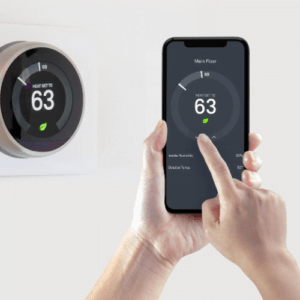
If you’re shopping for a smart programmable thermostat, be sure to answer these questions before you buy anything:
What kind of cooling and heating system do you have? Make sure you know your system before you buy a thermostat designed for central air.
Will your current HVAC setup work with a smart-thermostat? (You may want to consult a professional before continuing.)
Do you have a C-wire? Most smart-thermostats require a C-wire. Some thermostats will work without it or may require a separate conversion kit or adapter.
How much smart functionality do you want? Do you need geofencing (location-based) or “learning” features, or do you just need basic remote access from your phone?
Do you use smart assistants like Amazon Alexa, Siri, or Google Assistant? Are they compatible with the smart-thermostat you’re investigating?
Will you want to install the smart-thermostat yourself, or will you want a contractor to do it? Keep in mind that contractors may favor smart thermostats not available for resale.
Finally—and perhaps most importantly—who will use this thermostat, and what is their level of tech-savviness? Just because you’re comfortable using complex smart devices doesn’t mean your spouse, roommate, or kids are, which may impact the thermostat you choose to buy.
What is a C-wire?
A C-wire, or common wire, is a steady power source. It keeps your thermostat’s screen bright and ensures a steady con.
This Wi-Fi connection gives you control of heating and cooling systems from your smartphone. It also enables more advanced features like geofencing, or voice assistants that let you turn the heat on by chatting to your smart speaker while you dice scallions in the kitchen.

If your brand new home still smells of fresh paint and sawdust, then you might already have a thermostat C-wire installed.
Many older homes only have four wires: W-wire (heating), Y-wire (air conditioning), G-wire (fan), and any of a slew of other HVAC possibilities, including an R-wire for power to your heating and cooling system. (Even older homes are often rigged with only two wires, one for heating and one for cooling.)
The C-wire usually appears as a fifth wire. However, depending on your home’s HVAC, and whether you have systems like heat pumps or dual stage heaters installed, you could have more than five wires.
Some Wi-Fi thermostats come with systems that can power the thermostat using four wires. Often, these will pull power from a fan wire or another system.
However, this option can have downsides. Certain HVAC systems, such as the compressors on air conditioners, can be degraded when repeatedly turned on and off. As a rule, smart thermostats run best with a proper C-wire.
Most smart-thermostat C-wires will be blue, though they can also be brown, purple, or black.
It’s important to remember that you can’t connect just any wire over to your C-wire connection as a power source. If you’re setting up an HVAC system for the first time, be very careful when identifying and connecting your home’s wire types.
Smart thermostat installation can be complex. If you find yourself in doubt, remember that it’s likely a good idea to stop and bring in an HVAC professional. Mistakes with wiring can be damaging and costly.
Privacy
Any Wi-Fi connected devices at home present an element of privacy risk. While smart-thermostats don’t typically record audio or video of homeowners, the geofencing features may store location data the same way that your phone does. The good news is that there are steps you can take to help protect your smart home, if you’re worried about privacy.
As with any device, look for two-factor authentication. This safety feature sends a code to your mobile device before letting you log in. That way, if someone tries to hack into your account, you’ll get the code instead of them. You get a heads-up to change your password, and they get nothing but frustration.
You can also set up email or push notifications to let you know when somebody logs in to your system.
Make a strong password with multiple letters, numbers, and characters for every one of your different accounts. With data breaches being such a routine part of everyday life, having different passwords is important.
If you use one password for your banking, email, and all your devices, having that password exposed in a breach can be disastrous. Using different passwords protects you.
When using smart assistants like Alexa, Google Assistant, and Siri, consider regularly deleting your voice recordings and muting the speaker’s mic when it’s not in use.
Conclusion
Having a professional install a smart thermostat is the best choice for several reasons. Firstly, a professional installer has the expertise and experience to correctly set up the device, ensuring that it functions properly and efficiently. They can also assess your home’s heating and cooling system to determine the most suitable placement for the thermostat, optimizing its performance. Additionally, a professional can troubleshoot any issues that may arise during installation, saving you time and frustration. Finally, hiring a professional for installation can help prevent potential damage to your HVAC system or the thermostat itself, ensuring that your investment is protected. Ultimately, the peace of mind and assurance of a job well done make it worthwhile to have a professional handle the installation of your smart thermostat.
